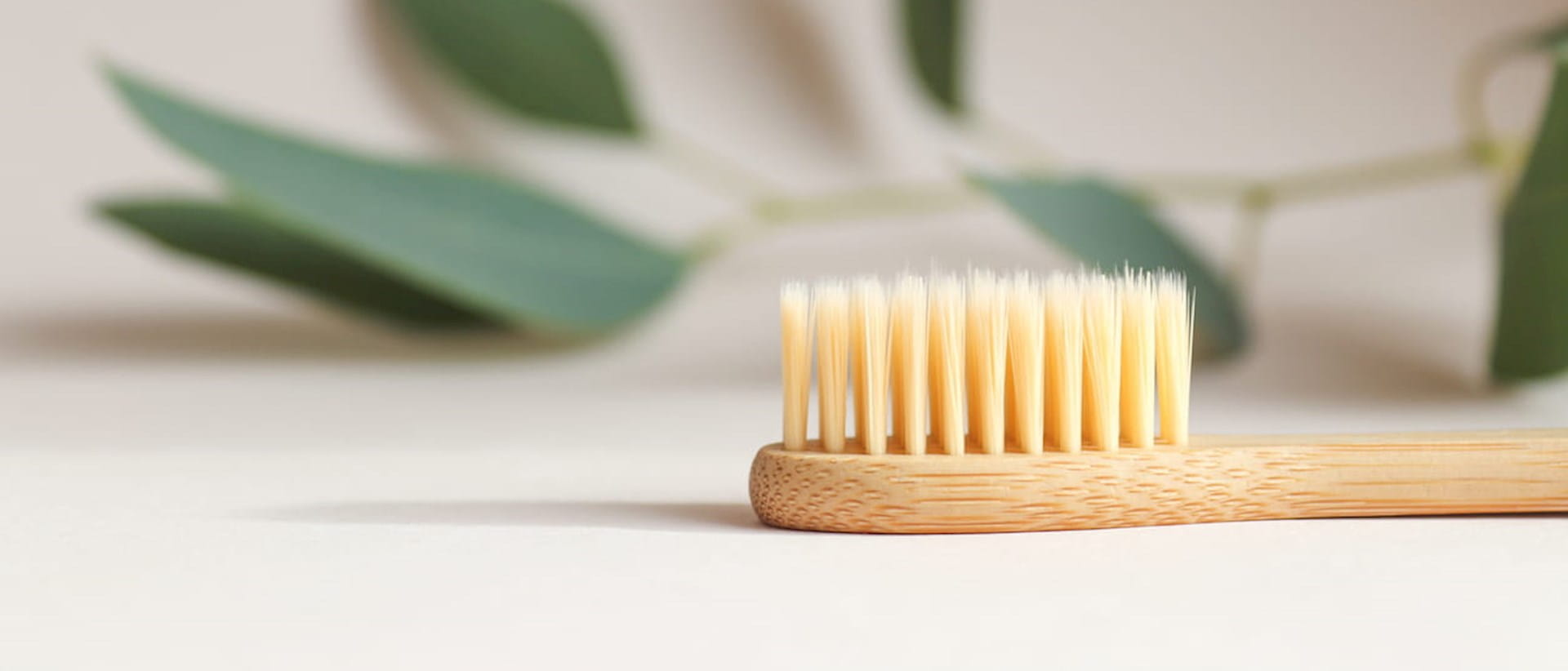IF healthcare was a country it would be the fifth largest carbon emitter in the world.
It’s a startling fact that lays bare the important role of global health leaders in the fight against climate change.
In 2020, the NHS became the world’s first health service to commit to reaching carbon net zero – but reports show that it still accounts for 5.4 per cent of the UK’s greenhouse gas emissions. NHS dental services emissions account for 3 per cent of the health service’s carbon footprint, with major contributors relating to decontamination, waste disposal and the use of single-use plastics.
While the task ahead may seem daunting, there are a number of innovative approaches that practices can take.
Benefits of going green
Advocates for a “greener NHS” are quick to emphasise that tackling climate change can have a direct positive impact on our health, not to mention saving the NHS money.
The Greener NHS campaign in England refers to a “climate health emergency” and cites examples of climate change health consequences, including:
- Air pollution (whose causes are often the same as climate change) is linked to conditions like heart disease, stroke and lung cancer, contributing to around 36,000 deaths annually.
- The impact of extreme weather events (which are becoming more frequent due to climate change). Flooding is connected to the spread of infectious disease in the UK, while heatwaves are also believed to be a factor in hundreds of excess deaths.
A recent article in the International Dental Journal looked at the impact of climate change on oral health. It described how factors such as air pollution and rising temperatures cause damage to the ozone layer (which absorbs the sun’s harmful ultraviolet radiation), which in turn increases the risk of lip and skin cancers.
How to make a difference
A key player in the mission to make NHS dentistry greener is independent charity the Centre for Sustainable Healthcare (CSH), who published Sustainable Dentistry: How-to Guide for Dental Practices.
The guide includes a range of practical advice on everything from reducing waste and increasing recycling to buying green energy and preventing contamination from amalgam.
War on plastic
NHS dentists perform around 83 million procedures a year, and a recent study in the Journal of Dentistry found that an average of 21 single use plastic items are used for every procedure.
While single use plastics are essential for the provision of safe and economical healthcare, there are ways to go greener.
The BBC reported in 2019 about chemistry professor Tony Ryan of the University of Sheffield who was working with dentists in Yorkshire to cut down on the amount of single use plastic during appointments. He urged dentists to separate out their plastic waste items so that more is sent for recycling and less is sent to the incinerator.
The CSH also encourages practices to consider investing in re-usable items such as glass or stainless steel pots versus plastic ‘Dappens’ pots. Other tips include only providing patients with plastic rinse cups when needed (rather than as standard), and advertising alternative, non-plastic oral hygiene products, such as bamboo toothbrushes.
Reduce, reuse, recycle
Practices are encouraged to introduce a policy on managing waste, with an emphasis on the principles of “reduce, reuse, recycle”.
Key messages in the CSH guide are to purchase less, reduce paper use, manage food waste and reduce medicines waste. Practices are encouraged to categorise and segregate waste more carefully, for example separating sterile wrappers into plastic and paper for recycling. Another effective move is to increase the number of clearly labelled recycling bins/boxes in both staff and patient areas.
Greener gas
Nitrous oxide is widely used in dental sedation and accounted for at least 80 per cent of the total anaesthetic gas footprint in the NHS in 2019/20. A number of projects across the UK have focused on reducing this impact by encouraging use of alternative gases where appropriate and looking for ways to reduce leaks and wastage from piped systems.
The CSH guide recommends practices using nitrous oxide:
- train staff on the health and environmental risks associated with its use
- use the minimum effective dose possible
- use correctly fitting face masks for patients
- monitor airborne concentrations of waste gas
- check equipment for faults or leaks
- ensure adequate ventilation
- consider purchasing a unit which converts waste gas into a less harmful product.
Balancing demands
As the health service faces unprecedented pressures and many teams battle exhaustion and burnout, the mission to make the NHS greener seems tougher than ever. But there are dental teams going above and beyond to fight climate change.
The Honeycomb Dental Clinic in Somerset is an example of a practice that makes a virtue of its “green thinking” and commitment to an “eco-friendly ethos”. It has introduced measures such as a mercury separating machine (allowing amalgam to be more easily recycled/reused), as well as switching to digital X-rays to reduce radiation.
Sussex-based dentist Dr Davinder Raju, founder of The Green Dentistry Association, recently told Dentistry magazine about efforts to make his practice more sustainable. Some of the changes he’s introduced include:
- biodegradable nitrile gloves
- washable surgical gowns
- offering patients paper cups
- using a digital intra-oral scanner (to reduce the amount of polymer impression materials used)
- encouraging patients to use more eco-friendly oral care products.
Dr Raju said: “As healthcare professionals, we are respected and well-positioned to help educate our patients toward more sustainable practices.
“Why don’t we also pledge to eradicate single-use plastic devices where reusable devices are available? We could start by targeting our waste bins – identifying single-use plastic devices that take up the most volume, looking for and then implementing an effective alternative. We could even go further and collate our data and push for a ban on single-use plastics within dentistry. Now, wouldn’t that be worthwhile?”
As more dental practitioners commit to sustainable practice, there is hope that health leaders could make great strides in the mission to make dentistry greener.
Further information
- The Centre for Sustainable Healthcare (CSH) - Sustainable Dentistry: How-to Guide for Dental Practices
- The Royal College of Surgeons of England guide - Sustainability in the operating theatre
- Royal Colleges in England and Scotland - Green Theatre Initiative
- Green Anaesthesia Scotland
- Greener NHS (england.nhs.uk)
- The King's fund - Sustainable health and social care
This page was correct at the time of publication. Any guidance is intended as general guidance for members only. If you are a member and need specific advice relating to your own circumstances, please contact one of our advisers.
Read more from this issue of Insight Dental

Save this article
Save this article to a list of favourite articles which members can access in their account.
Save to library
